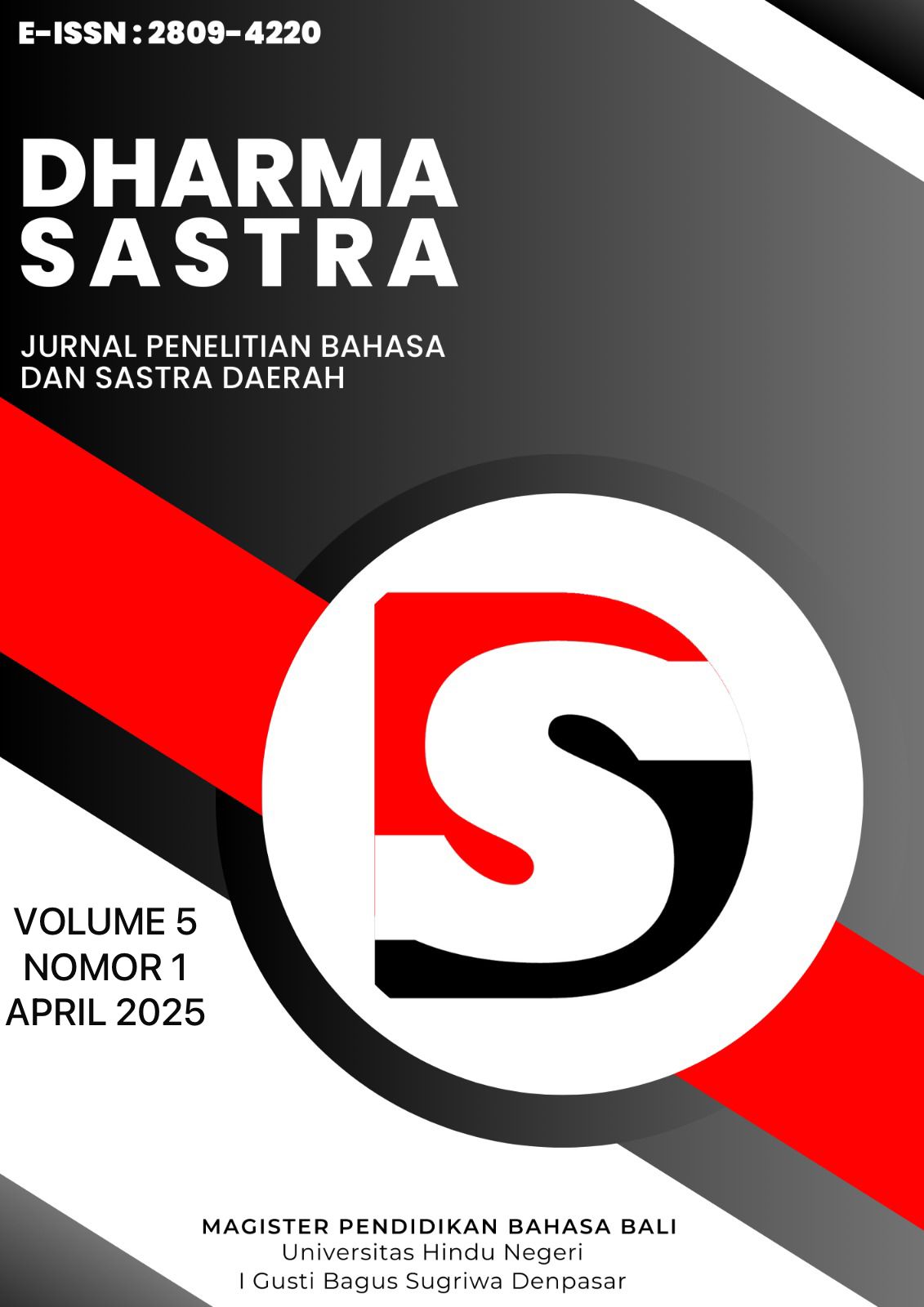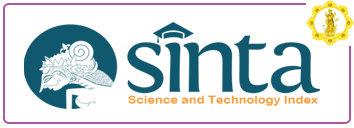Pembelajaran Bahasa Bali Pada Kurikulum Muatan Lokal di Konsentrasi Keahlian Kuliner Smk Negeri 1 Tampaksiring
DOI:
https://doi.org/10.25078/ds.v5i1.4198Keywords:
Local Content Learning, Balinese Language, Culinary ConcentrationAbstract
The existence of formal educational institutions such as senior high schools (SMA) and vocational schools (SMK) in Bali is expected to serve as a means of preserving the Balinese language. However, recent educational regulations have integrated Balinese language learning with cultural arts subjects, resulting in Balinese no longer being a standalone subject in high schools. This issue has motivated the culinary program at SMK Negeri 1 Tampaksiring to explore the Balinese language more deeply through internal innovation aimed at language conservation. Therefore, this study aims to analyze Balinese language instruction within the local content curriculum of the culinary expertise concentration at SMK Negeri 1 Tampaksiring.
This research is based on primary data (interviews) and secondary data (literature studies). The data were collected through interviews, literature reviews, and document analysis, and interpreted using learning theory and functional theory. The results were then presented descriptively.
The findings reveal three main points: First, the Balinese language instruction in the culinary department at SMK Negeri 1 Tampaksiring aims to counteract the extinction of Balinese amidst the dominance of foreign languages in Bali, to preserve local Balinese-language communication, to honor the efforts of Balinese language preservation, to support government consistency in maintaining the language, and to promote Balinese at national and international levels. Second, the challenges in Balinese language instruction in the culinary department include a shortage of qualified Balinese language teachers, the persistence of conventional teaching methods, limited learning resources such as lontar manuscripts and prukpak, and students' apathy due to the perceived lack of commercial value of the language. These challenges have been addressed through teacher competency development and the provision of physical learning materials like prukpak and ental leaves. Third, the integration of Balinese language learning into the culinary program influences students in disseminating modern culinary innovations to local communities and helps foster a generation of Balinese youth committed to the preservation of their language.









